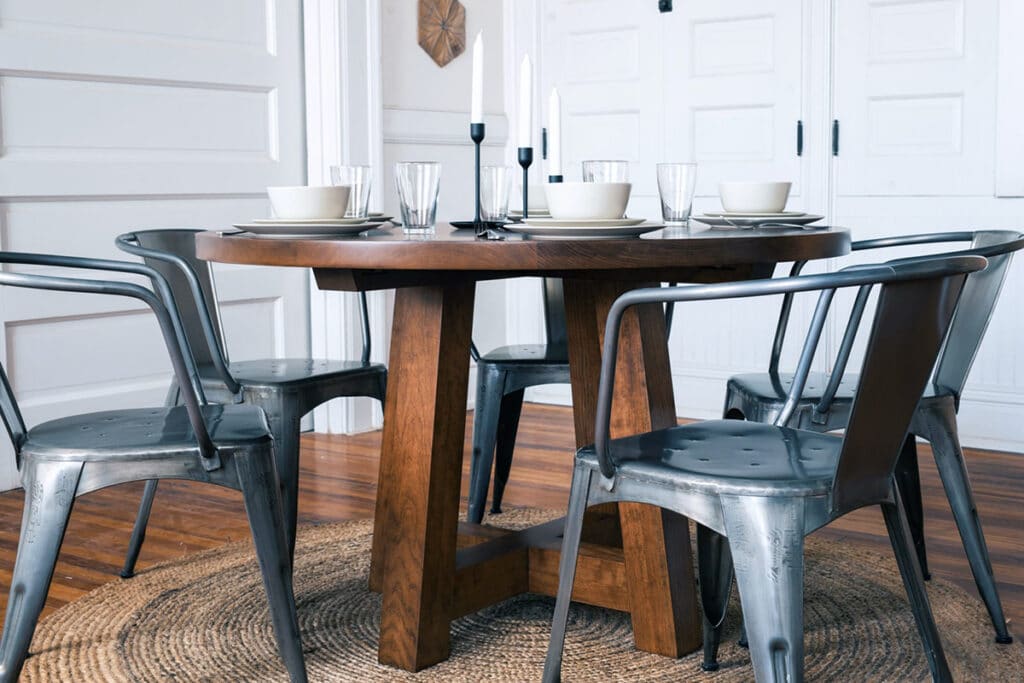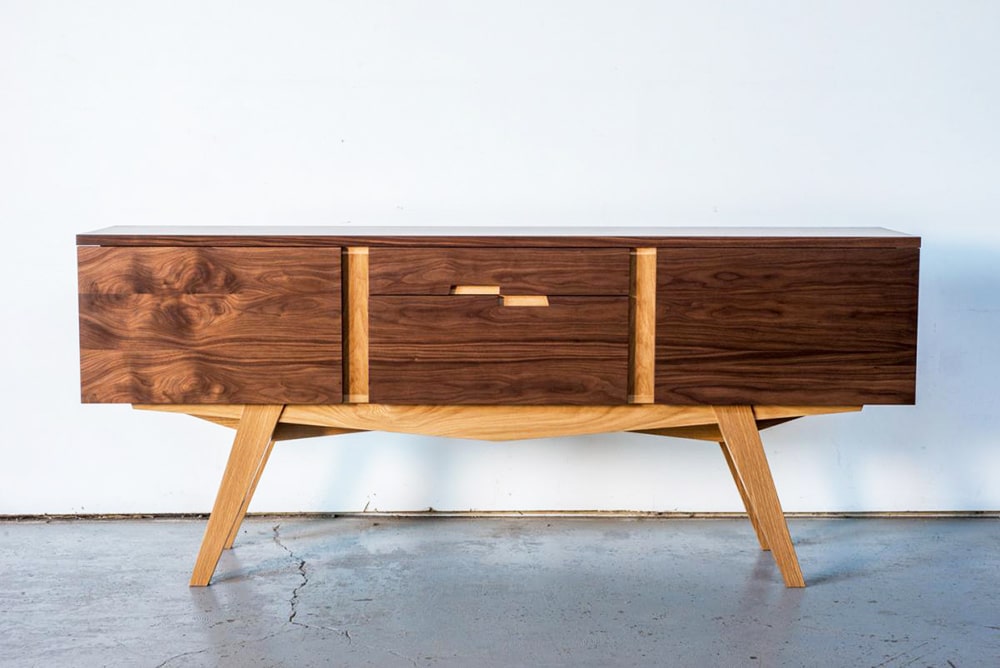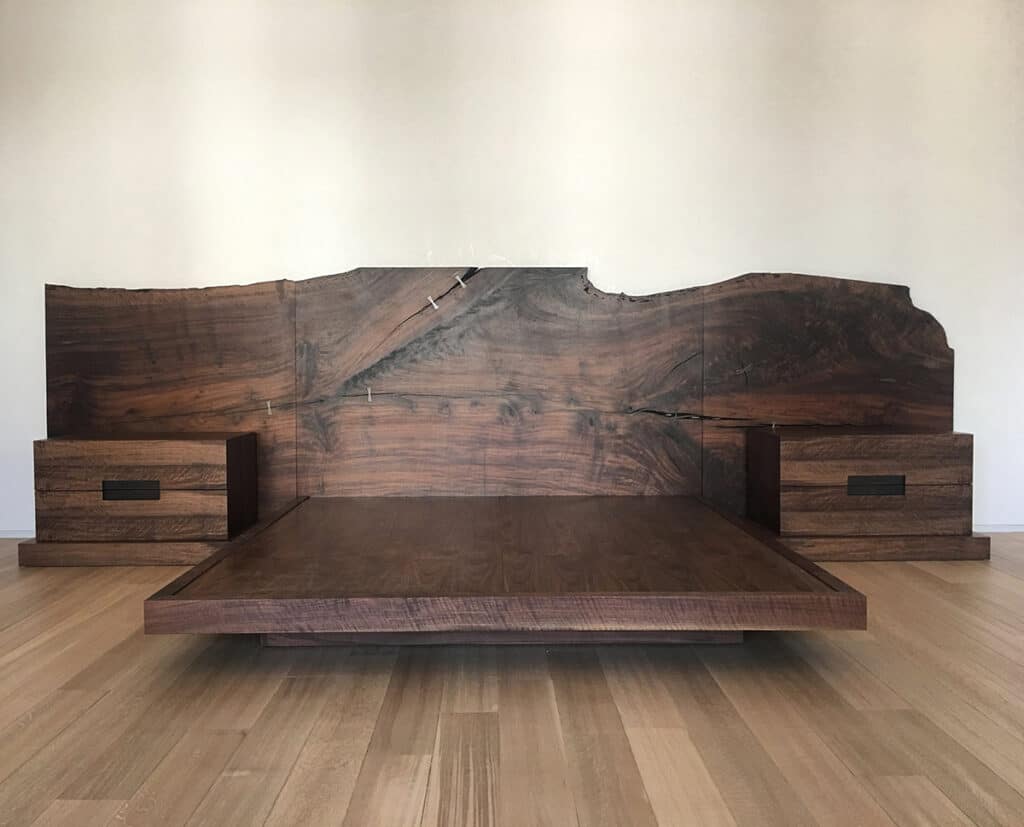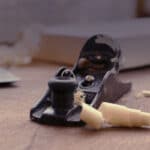Last updated: 30 Apr 2023
In the world of furniture, the term “fine furniture” is used to describe pieces that are crafted with attention to detail and high-quality materials. The quality of fine furniture is evident in its design, construction, finish, and material. Overall, fine furniture is a combination of all of these factors. A piece of furniture can be beautifully designed, but if it’s poorly constructed, it won’t last. Likewise, a piece can be well-constructed, but if it’s finished poorly or made from inferior materials, it won’t be considered fine furniture.
Design
This is where it all begins. Everything else can be done right, but if the design is bad then the piece is doomed from the start. Good design considers both proper form and function, with the latter being the most important.

Let’s take a look at a dining table for this example. It must look good and be functional. A table that looks good but is too short to get your knees under will not make you happy. On the other hand, a table that allows comfortable dining but just doesn’t look right can still work, but it won’t hold a special place in your heart, you won’t be proud of it, and you’ll be less than satisfied with your purchase.
There are general standards for most furniture that have been used for years for the average person. This is how factory furniture tries to ensure function. The problem, however, is that not every person is ‘average’. Some are shorter than average, others are taller. Some are skinnier, some are larger, and so on. You don’t buy ‘average’ one-size-fits-all clothes, so why settle for ‘average’ designed furniture?
Let’s now take a look at the form. Have you ever seen a piece of furniture that just didn’t look right? Maybe you couldn’t put your finger on it, but something just didn’t look good?
It’s possible that the proportions of the furniture were not ideal if they were produced in foreign factories. These factories may prioritize efficient use of materials and shipping over visual appeal. However, skilled architects and designers can also use mathematical proportions to create visually appealing designs. Throughout history, people have discovered that certain proportions of objects are pleasing to the human eye.
They discovered this from looking at God’s creations, such as leaves, limbs, and trees. This proportion called the Golden Number, or Golden Mean, can be applied to almost anything from the smallest jewelry box to the largest building. The Parthenon, built by the Greeks, was designed with this number.

Another topic that needs discussing is the style of furniture. When deciding on a new piece of furniture you want to be sure the style matches your existing decor and personality. A Chippendale high boy, for instance, would look out of place if placed in a rustic setting. Style is simply a matter of preference, but you need to have an idea of what you want.
Some styles will fit into almost any decor. Some are more traditionally elegant (Chippendale), and others look ultra-modern (Contemporary). You can even blend/modify styles to give you exactly the look you’re wanting. Mission furniture, for example, can be modified to create a very nice contemporary look while keeping with some of the original defining aspects of that style.
Construction
Once the proper design is worked out the construction details come into play. When comparing custom handcrafted furniture to factory-style furniture this is one of the topics that always comes up. Factories build their furniture for efficiency to minimize cost/maximize profit. This furniture is designed to last a few years and then be discarded.
As a result, fast/cheap joinery is used. Dowels, staples, screws, brads, and such are very typical. While these methods do have their place, they are not the strongest or longest-lasting joints by far. Good mechanical joints that literally ‘tie’ the wood together are the best method.

Mortise and tenon, dovetail, and box joint are all excellent joinery types. These joints take more time to produce, but they create very large surface areas of contact for adhesion, and the connection relies more on the mechanical strength of the wood itself rather than on the glue or a small wire brad. Our ancestors figured this out long ago, resulting in numerous furniture pieces that are still around today.
Finish
The finish of furniture plays a vital role in its overall appearance and feel. It is responsible for highlighting the natural beauty of the wood, changing its color, and making it match other pieces. Moreover, a good finish should create a smooth texture and protect the wood from wear and tear.
Different finishes are used depending on the type of wood and the desired effect. Oil finishes penetrate the wood and provide a natural look while varnish or lacquer finishes create a hard, durable surface. Some finishes may be brushed on, while others are sprayed on to achieve a smooth and even coat.
When comparing custom handcrafted furniture to factory-produced pieces, the difference in finish is often noticeable. Custom furniture makers tend to take more time and care in selecting and applying the finish to ensure a high-quality, long-lasting result.
Custom woodworkers use a large arsenal of methods/materials to provide the exact finish that you desire. For instance, if you’re looking for a ‘natural-looking finish that is close to the wood but still offers some protection while enhancing the natural characteristics of the wood, then woodworkers begin (after sanding) by hand rubbing an oil blended finish into the grain.
Once dry, many additional coats will be rubbed and hand-sanded (using very fine sandpaper or other abrasive) to create a smooth-as-silk finish that begs to be touched. A final coat of wax will top it off.

For a deeper, more formal/elegant look, or for increased protection, we will use one of several very high-quality waterborne finishes. These finishes are among the best in the world and are environmentally friendly/non-toxic.
You can choose (based upon your needs) from WB lacquer which offers a traditional look, easy repairability, and moderate protection to WB Catalyzed Varnish or Polycarbonate Urethane which offers superior protection and grain-filling properties. Any sheen you want is available.
Woodworkers also use various dyes and quality stains to color the wood if desired. The bottom line is that they will work with you to determine the perfect finish for your furniture to ensure your piece provides the exact look that you want.
The above high-quality finishes take a large amount of time and work. Large furniture factories get around this in several ways. First, they seal the wood before staining. This prevents the stain from penetrating the wood. They do this so that different boards within the furniture don’t blotch. The trade-off is that the natural chatoyance of the wood is covered and not highlighted like in our hand-rubbed process.
Next comes a coat of dye-tinted top coat which is used to blend the mismatched boards so they look similar. Unfortunately, this ‘muddies’ the appearance of the wood, making it look fake. Finally, they apply a clear topcoat (hopefully) to seal everything in. Solvent-based finishes are typically used due to their cheaper price and faster dry times. These finishes are toxic until cured and are harmful to the environment. Simply take a look at some of this furniture and then compare it to custom furniture makers and the difference will be clear there is NO comparison!




Leave a Reply